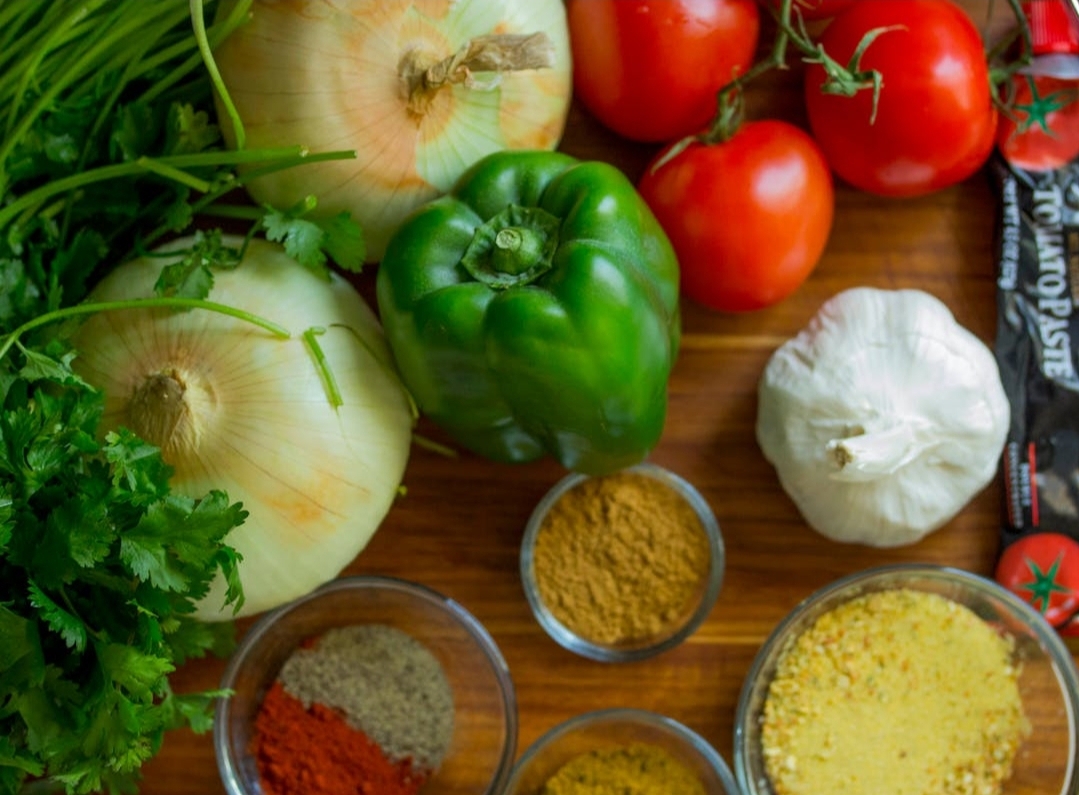National Food is Medicine Day highlights food’s profound significance for our health. We can appreciate food by exploring how it has shaped humanity’s history, culture, and health. If I had to choose one thing that made humans different from all other species, it would be the art of cooking. Being able to cook over a fire literally changed our ancestor’s brains and, ultimately, the course of human history. Cooking allows us to cultivate community, share experiences, shape identities, and divulge stories. As the late Anthony Bourdain once said: “Food is everything we are.”
The belief that food is more than a daily necessity for our bodies is deeply rooted in ancient civilizations. The Ancient Egyptians, for instance, buried their dead with food, a practice that suggests they believed the soul would need sustenance for its journey through the afterlife. This belief in the healing power of food was further reinforced by Hippocrates, the ancient Greek physician and philosopher, who famously said, “Let food be thy medicine and medicine be thy food.” This ancient wisdom continues to resonate today and is supported by research.
Let’s explore some common foods and their health benefits!
Allium Vegetables: Allium is a family of vegetables that include chives, garlic, leeks, onions, scallions, and shallots. They are antimicrobial, antiarthritic, and can stabilize blood sugar levels. One of alliums’ most promising medicinal values is their antitumoral abilities, which reduce cancer risk.
Dairy Products: Milk, cheese, and yogurt are excellent sources of calcium, a crucial mineral for bone health. Dairy products also contain bioactive peptides, which have numerous health benefits, such as anti-inflammatory and antimicrobial properties. The fermentation process of yogurt and cheese promotes a healthy gut.
Eggplant: Eggplant, or aubergine, is a popular vegetable packed with health benefits. Studies have shown that eggplant has antibacterial, antiviral, antimicrobial, and anticancer capabilities. It’s a great source of antioxidants and can reduce cholesterol and hypertension. Look for produce that is blue or purple to reap similar benefits.
Green Vegetables: Leafy greens are a great source of calcium. Green produce can reduce the risk of muscular degeneration and cardiovascular disease.
Ginger: Ginger is probably best known for relieving nausea and indigestion, but research has shown it can also reduce pain and inflammation, such as migraines and arthritis. It may also reduce the risk of high blood pressure and improve metabolic function.
Mushrooms: Mushrooms are part of the fungi kingdom. They are an abundant source of antioxidants, high-quality proteins, fiber, and unsaturated fatty acids. Mushrooms can lower cholesterol levels, prevent liver damage, and improve neurological health.
Peppers: The high vitamin content in peppers can help reduce cardiovascular disease and prevent blood clots. The chemical that makes some peppers hot is antibacterial, lowers cholesterol, and improves immunity.
Potatoes: Not only are potatoes a great source of vitamin C and potassium, but they also contain all the essential amino acids our bodies need to build protein and maintain a strong metabolism.
Tomatoes: Tomatoes are a great source of vitamin A and potassium, but they also contain some of the most concentrated amounts of lycopene, a powerful antioxidant. Studies have shown that lycopene can be cancer-preventative. Lycopene is responsible for red-colored produce like peppers, watermelon, and grapefruit.
Turmeric: Turmeric is a yellow-orange spice most recognized in South Asian and Middle Eastern cuisine. Research has shown promising evidence that turmeric fights cancer cells, especially colon cancer.
Salt and Pepper: Not to be overlooked, these simple seasonings are essential to our diet. Salt is vital for our bodies to maintain hydration and nerve function. Salt also helps digestion. Pepper helps the body absorb nutrients and reduces inflammation.
Although this is a partial summary and explanation of foods’ health benefits, it is a great place to get started on food education. Food can have a powerful impact on our livelihoods, and these summaries are only the tip of the iceberg of food’s medicinal properties. It can be overwhelming to worry about proper nutrition, but some of these items are already in your kitchen! This list demonstrates how intuitive and abundant nutrition should be.
Her Nexx Chapter invites you to join our free Community where women from around the world are connecting with each other’s stories, exploring different experiences, and transforming ideas.
The Future of Connection for Women








0 Comments